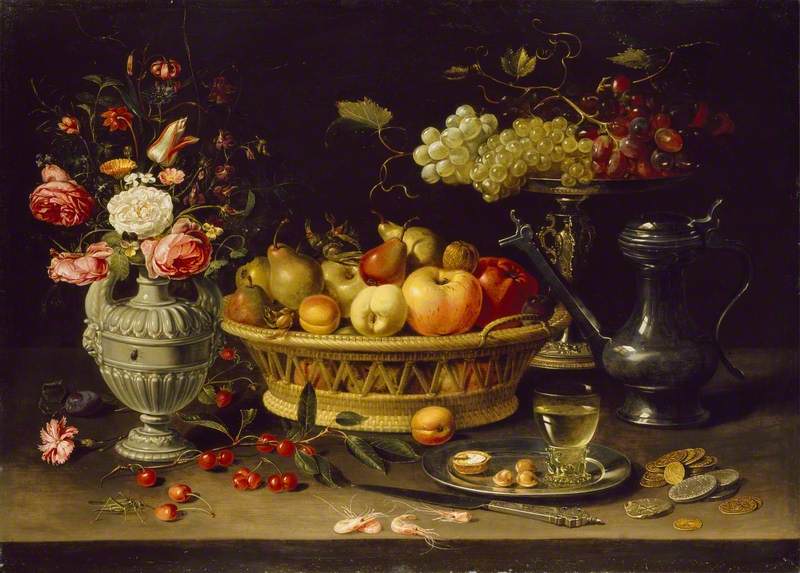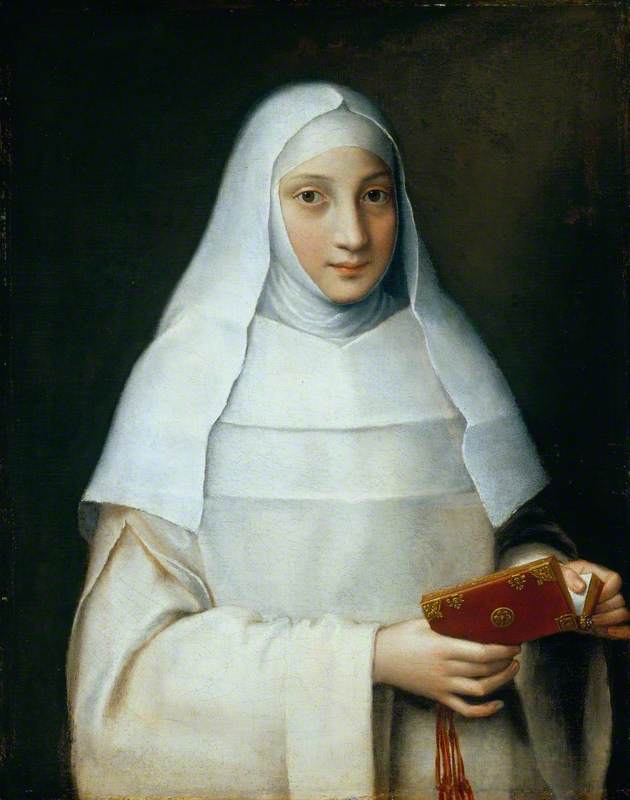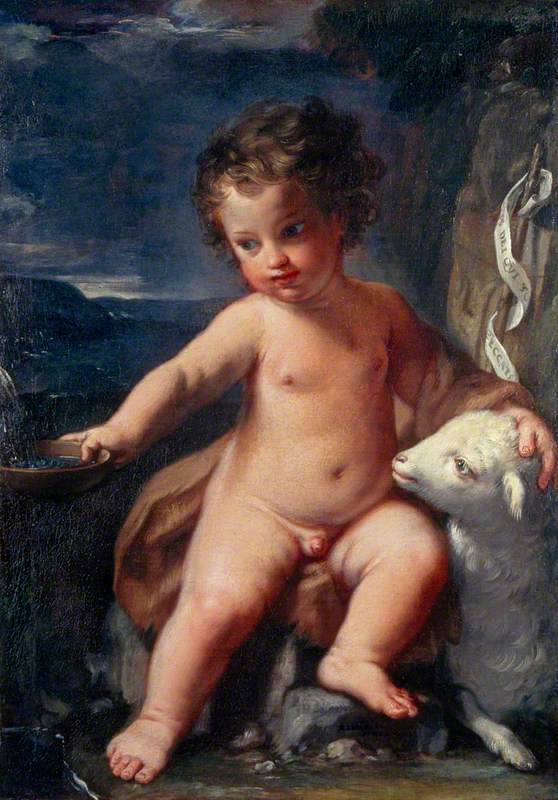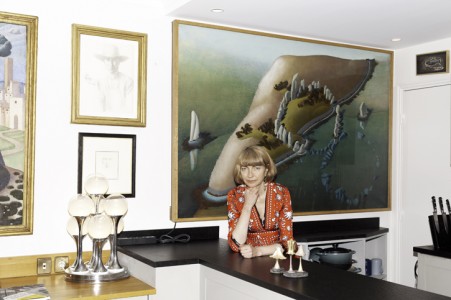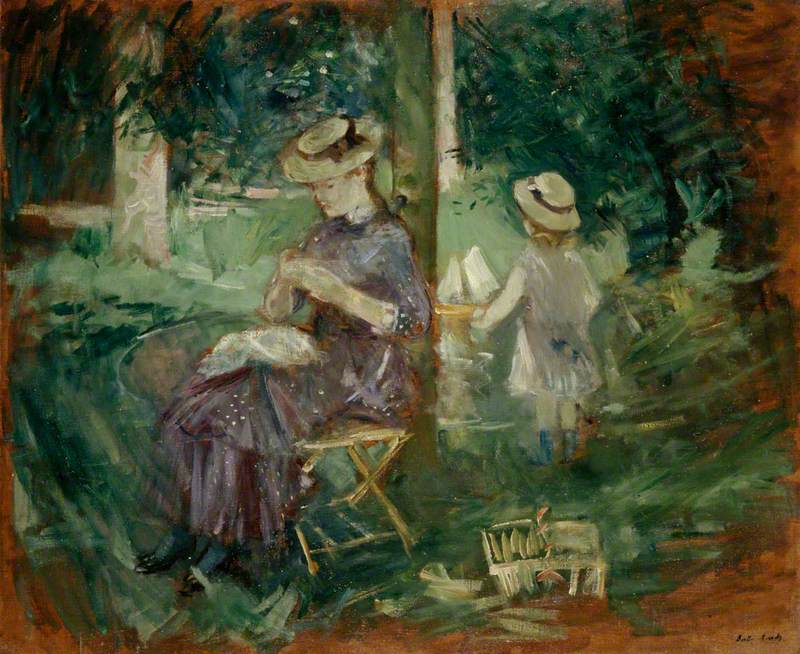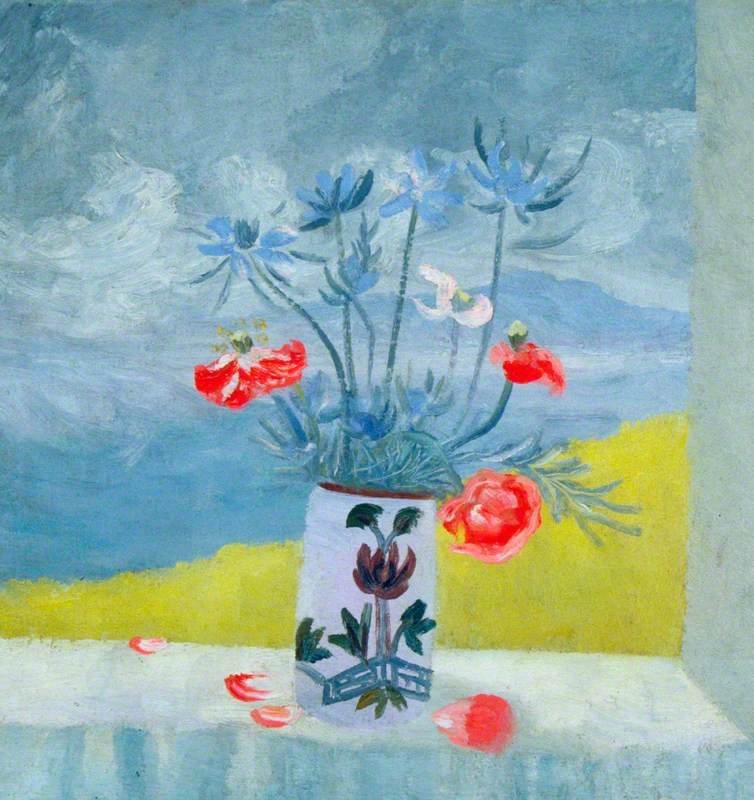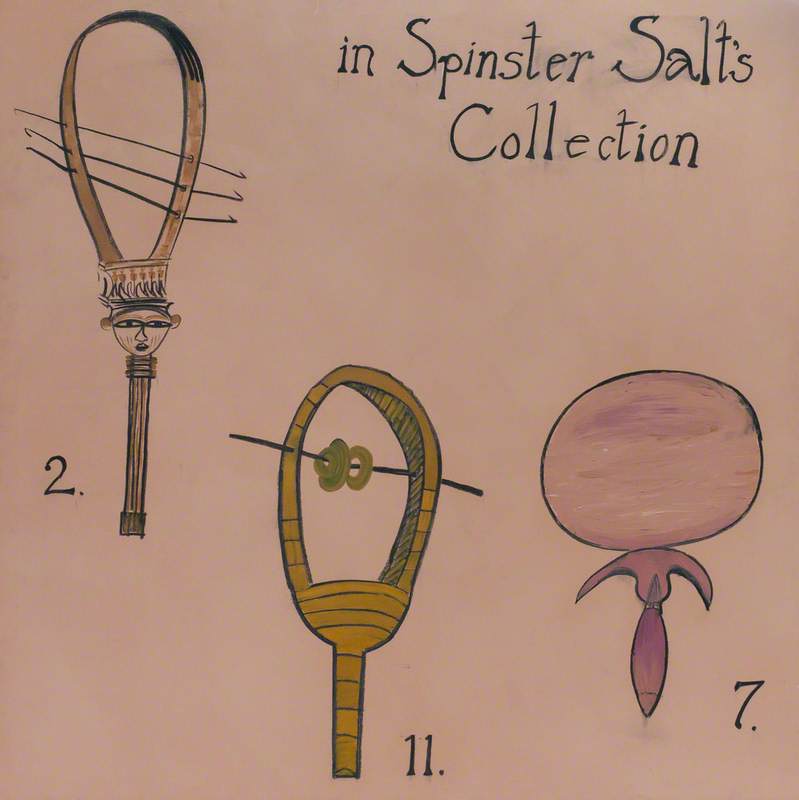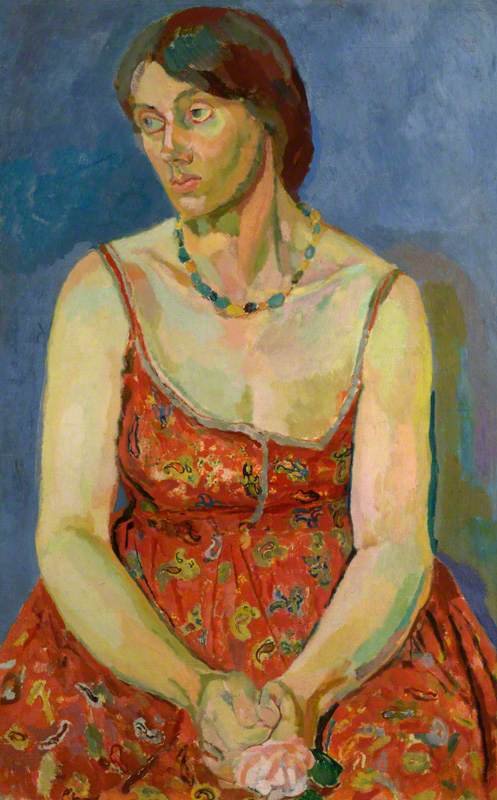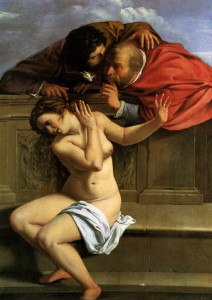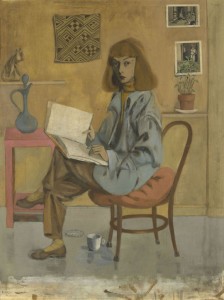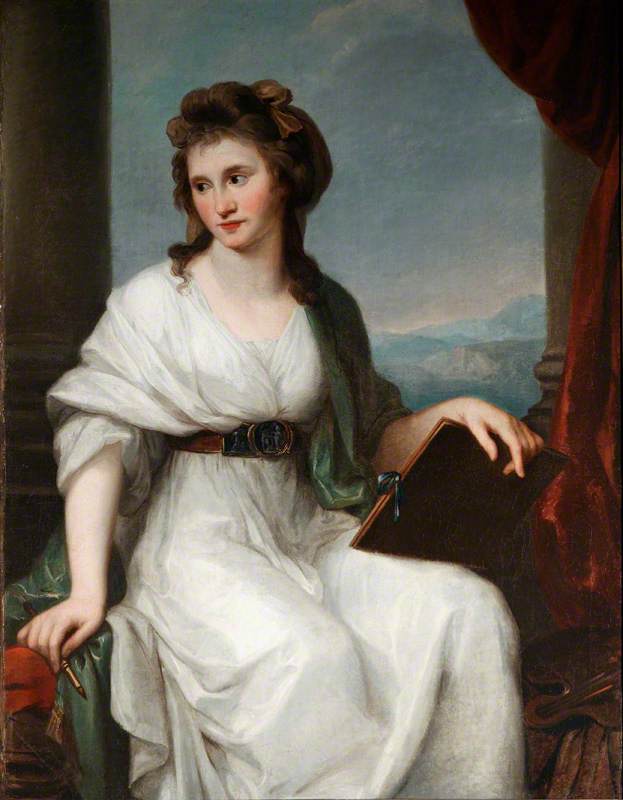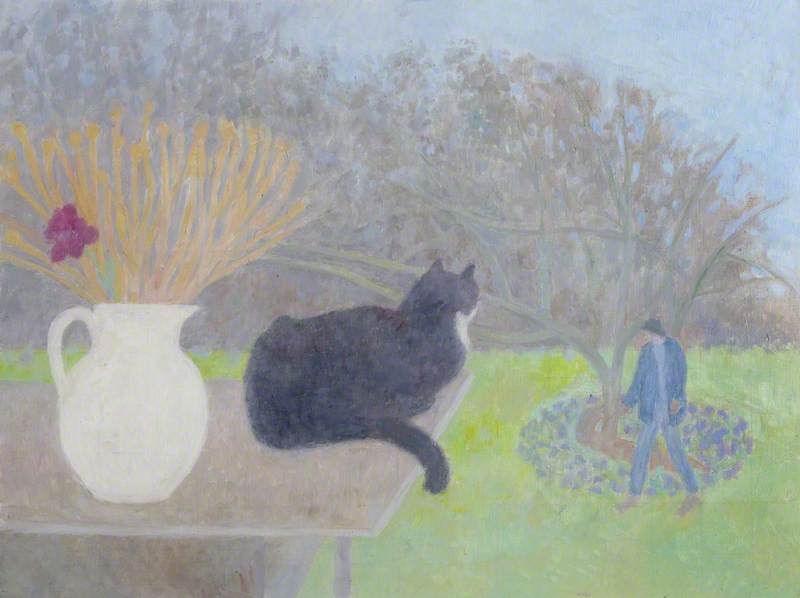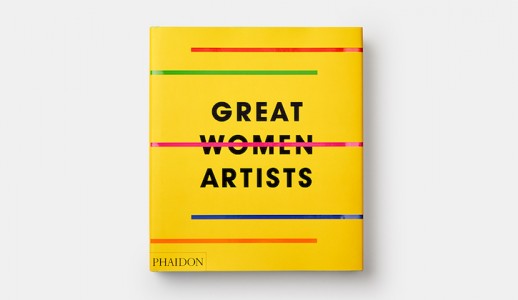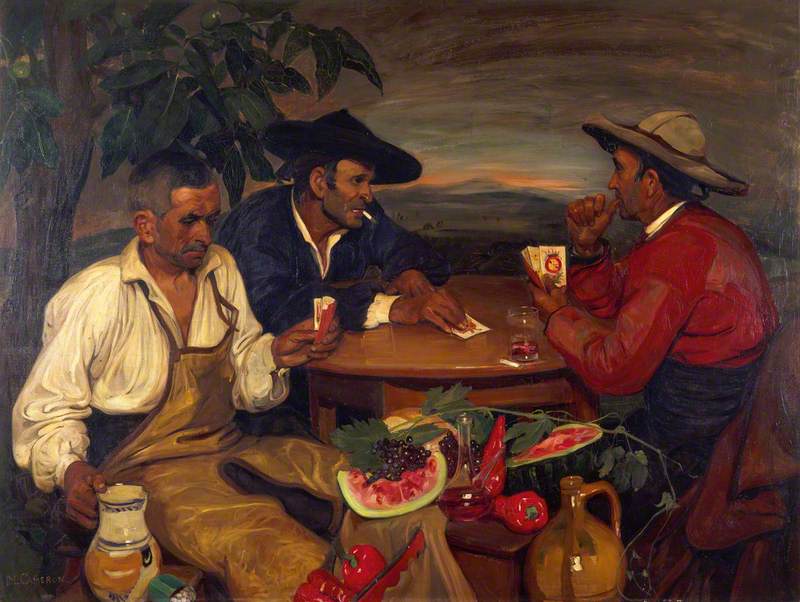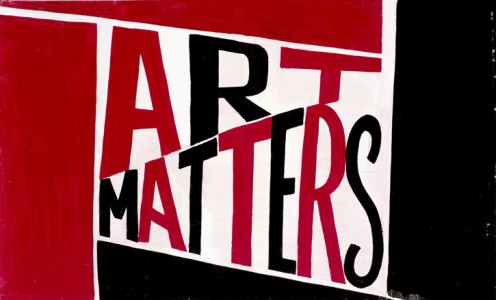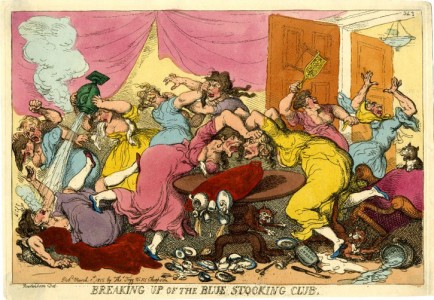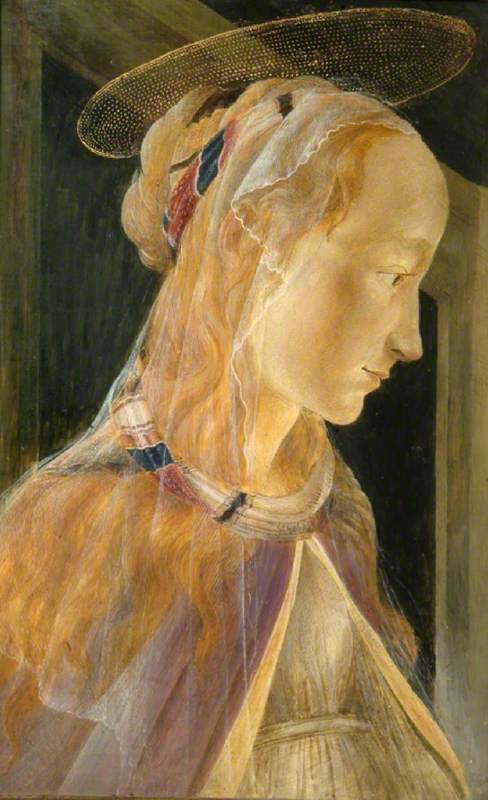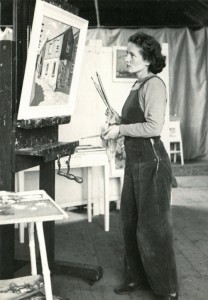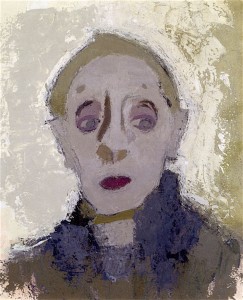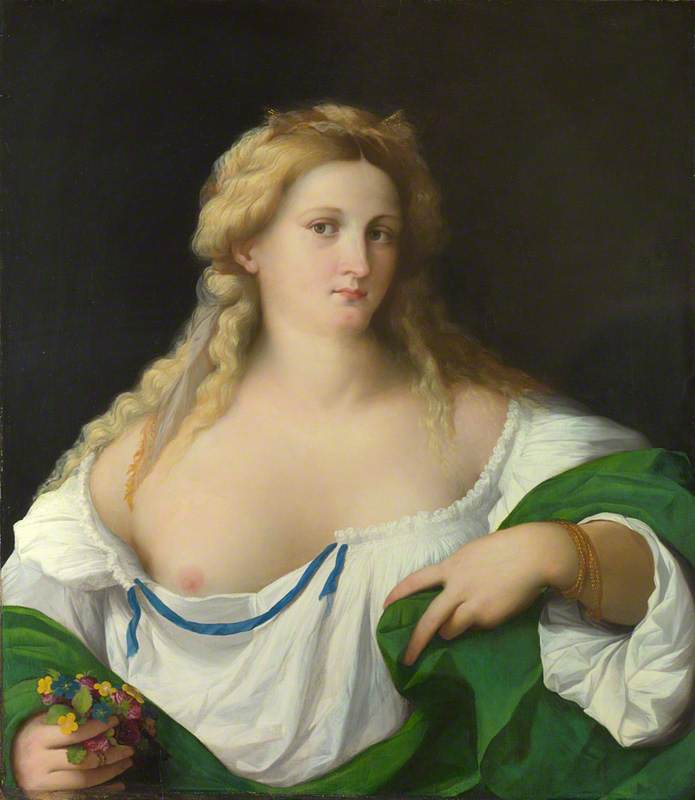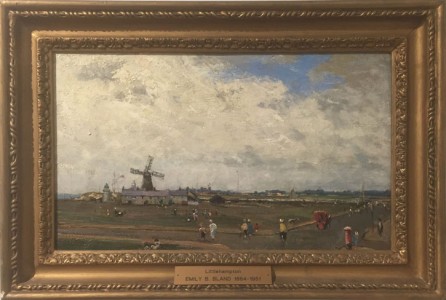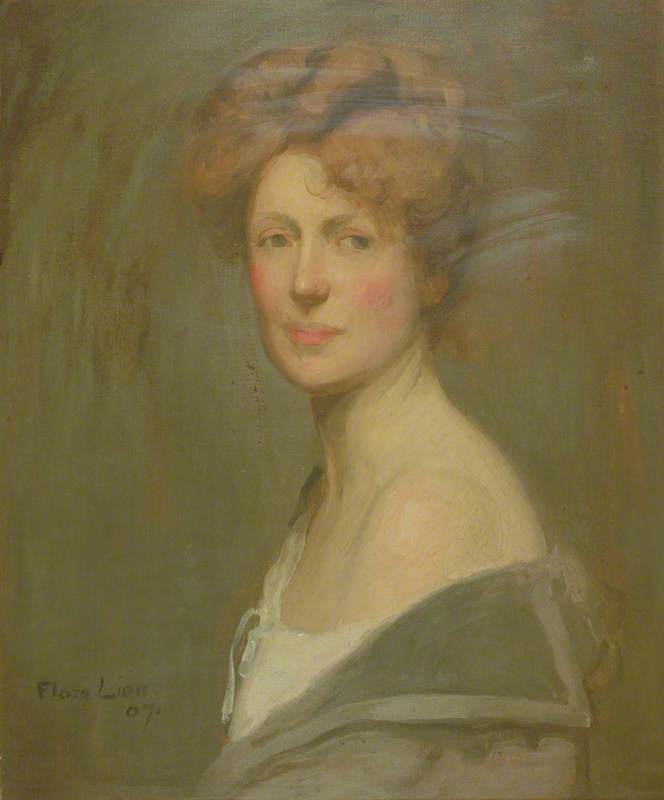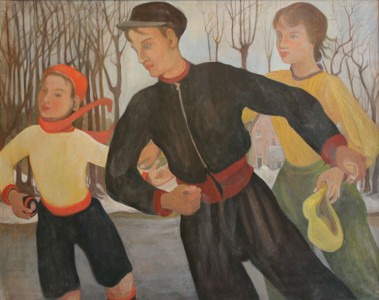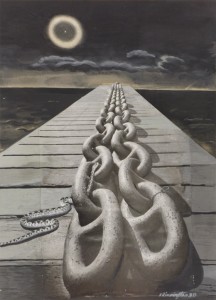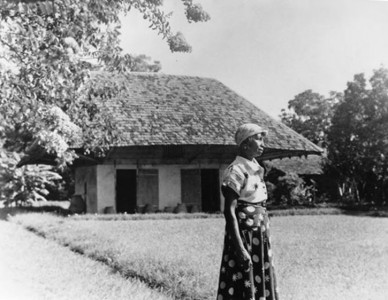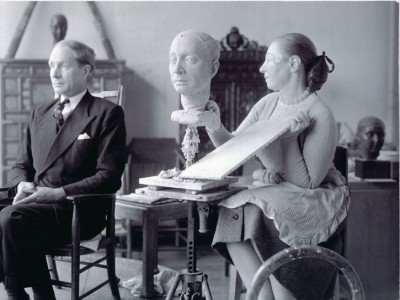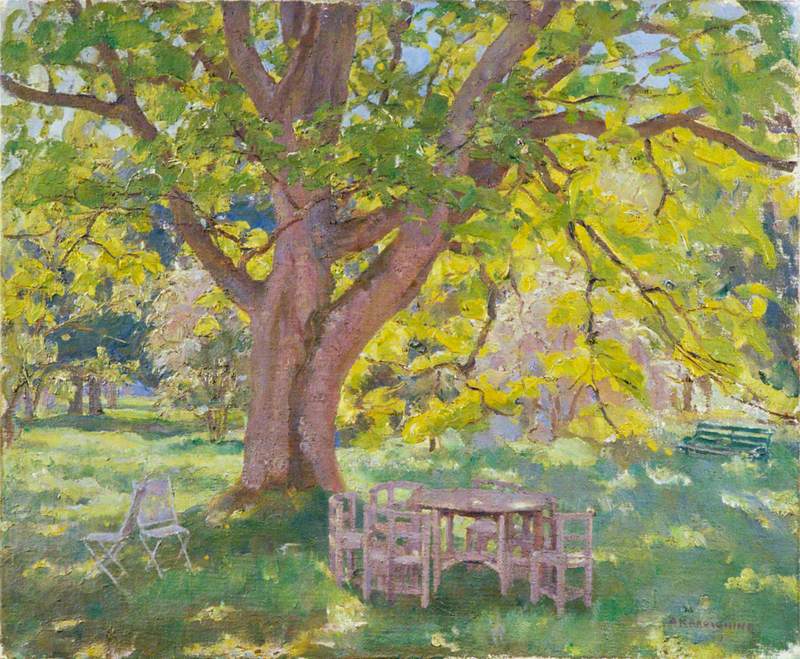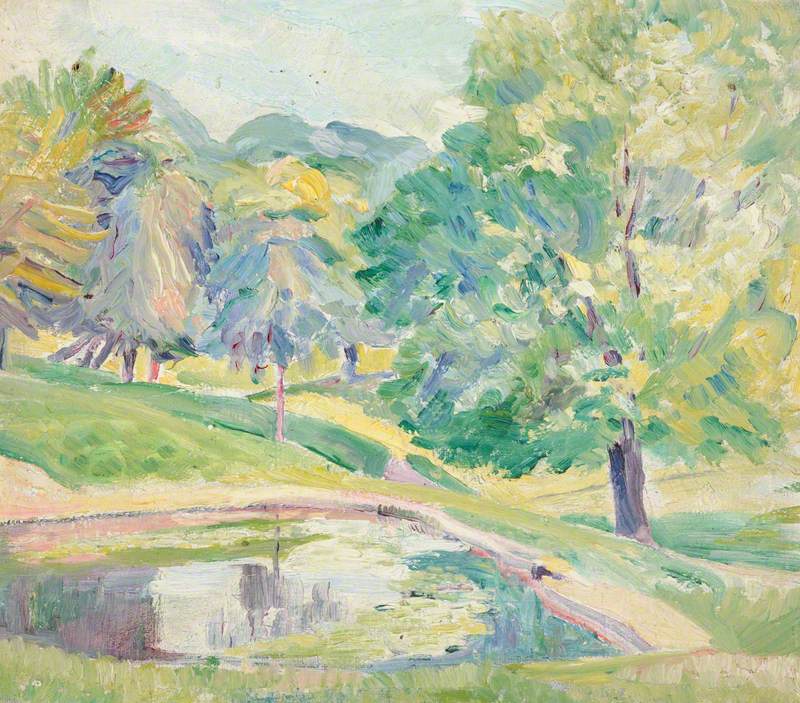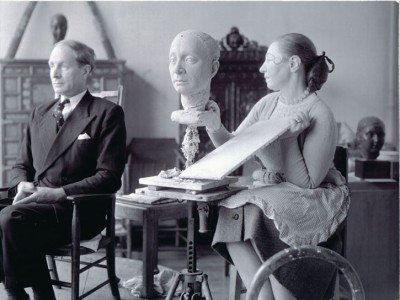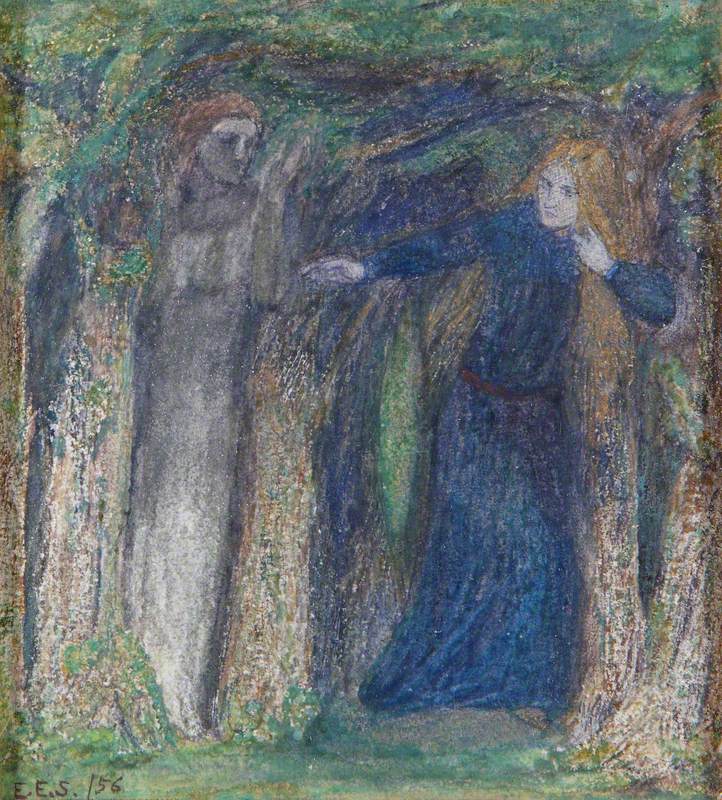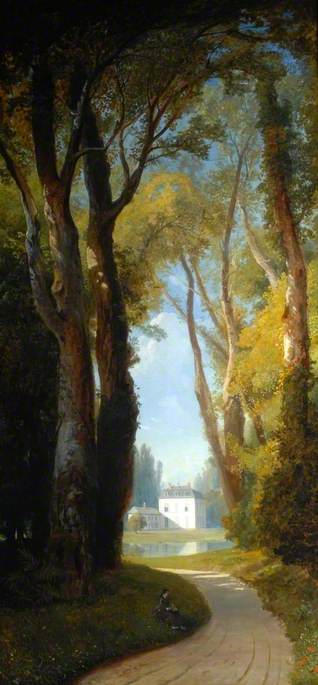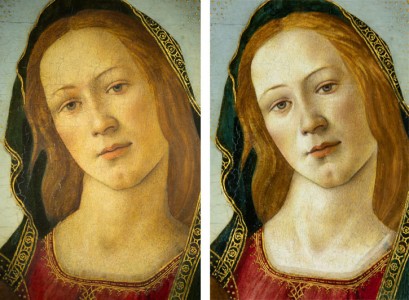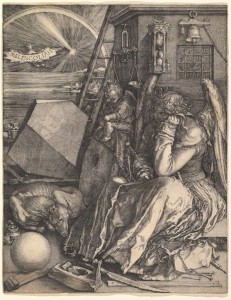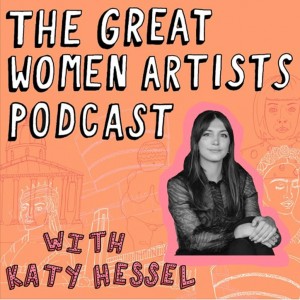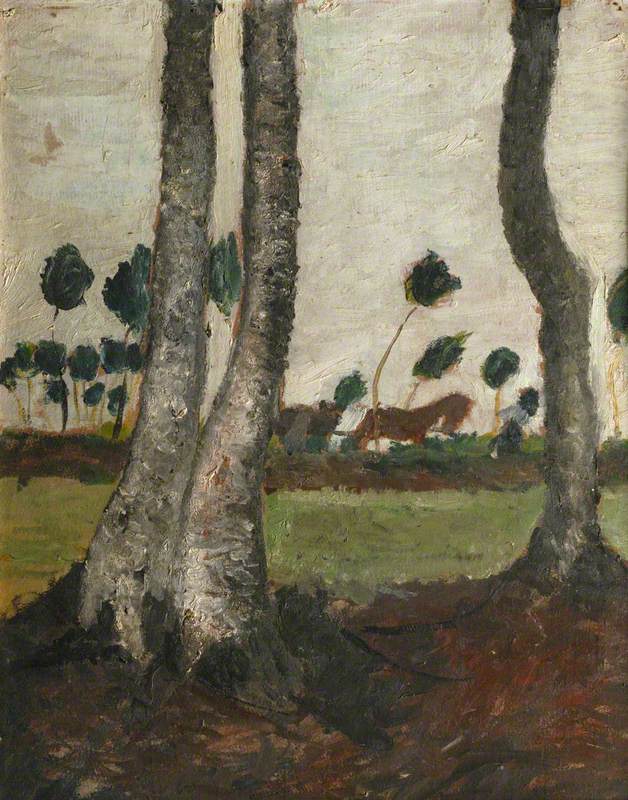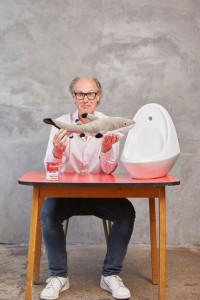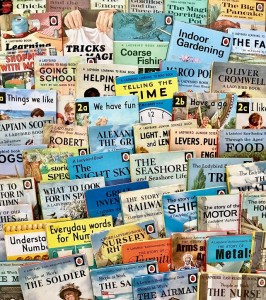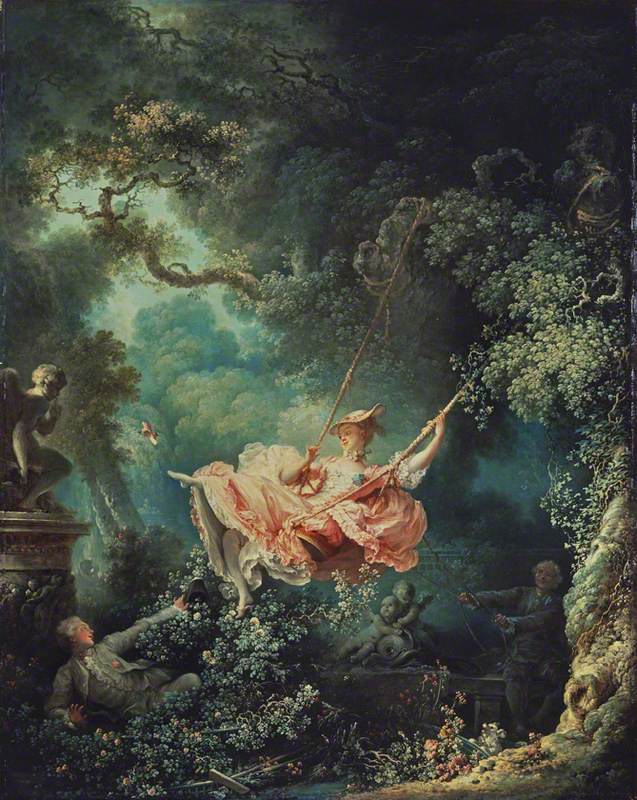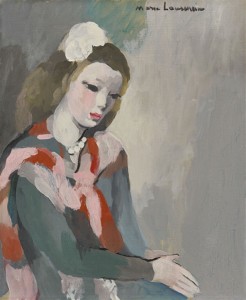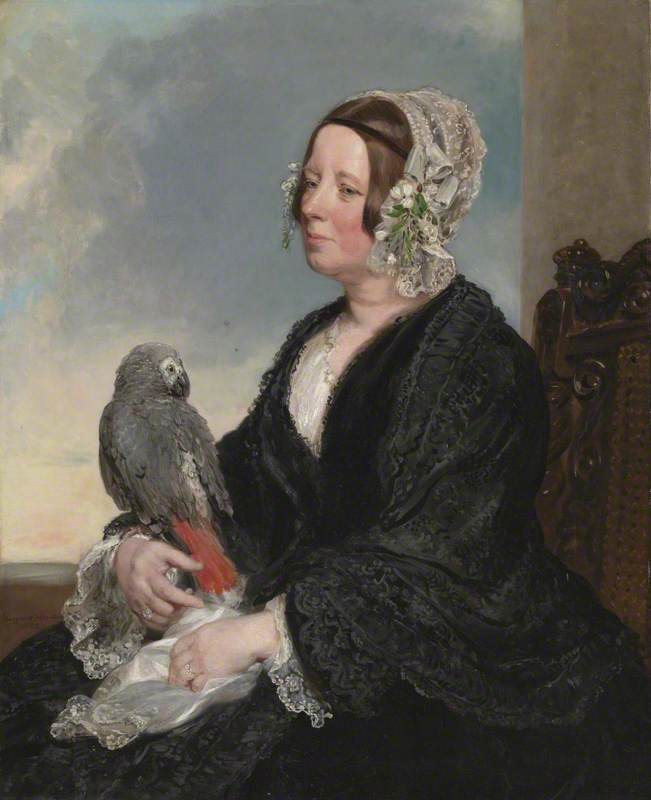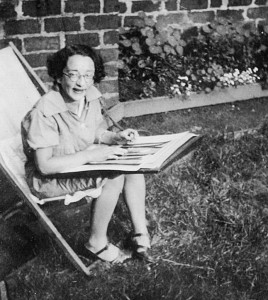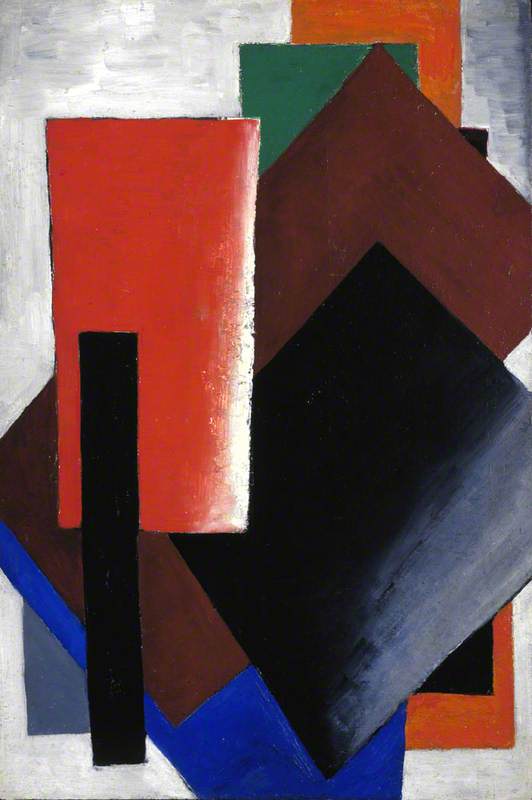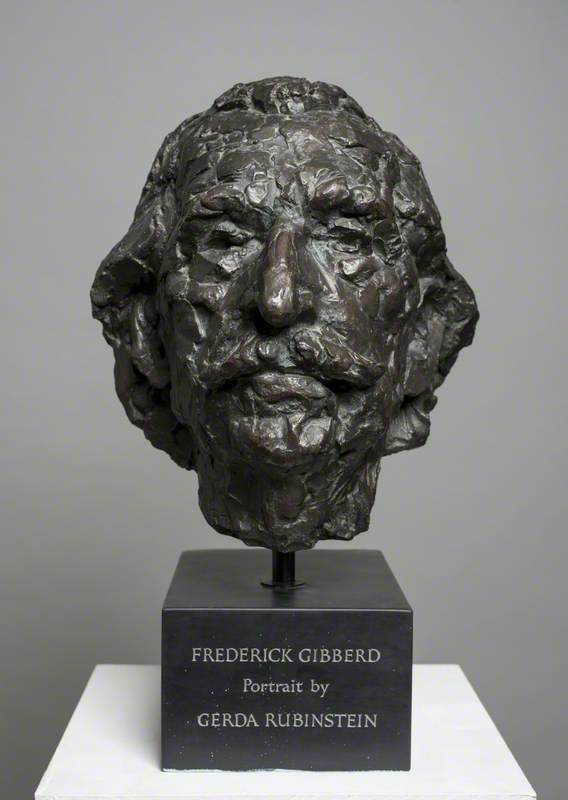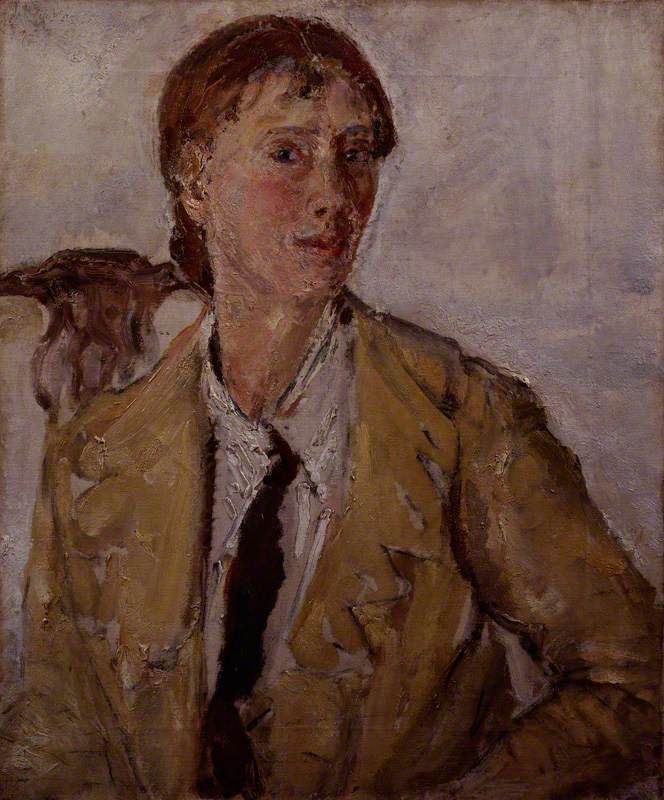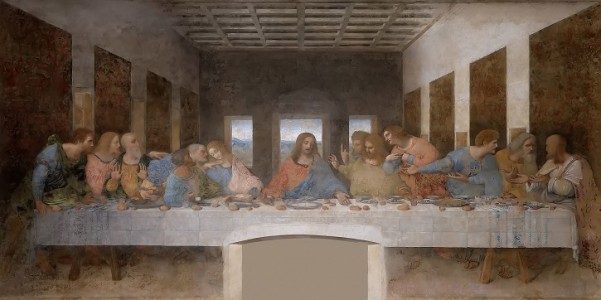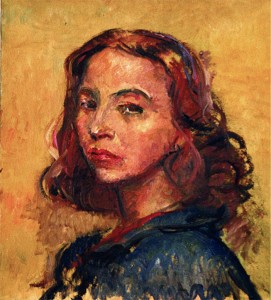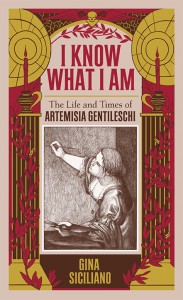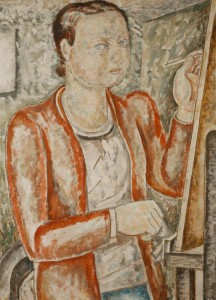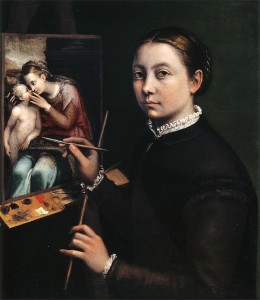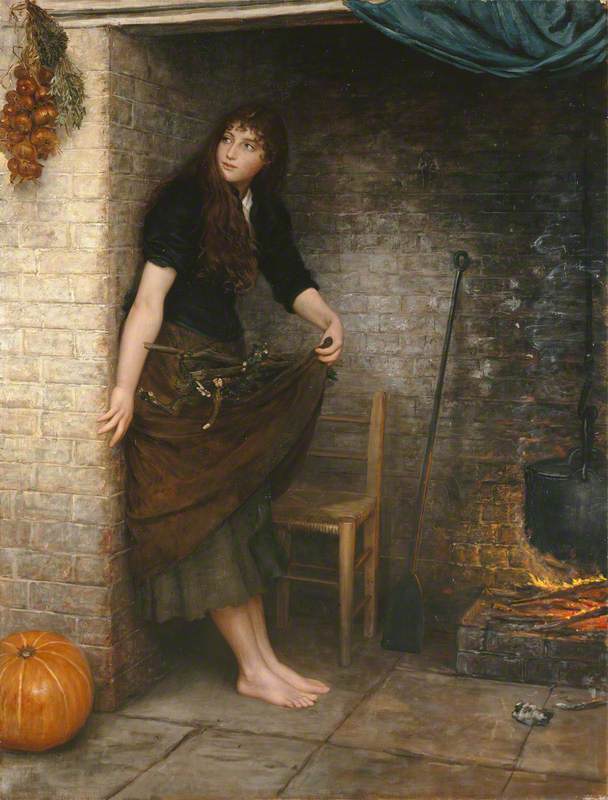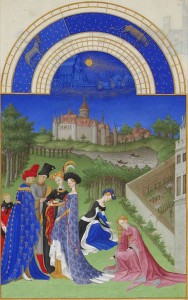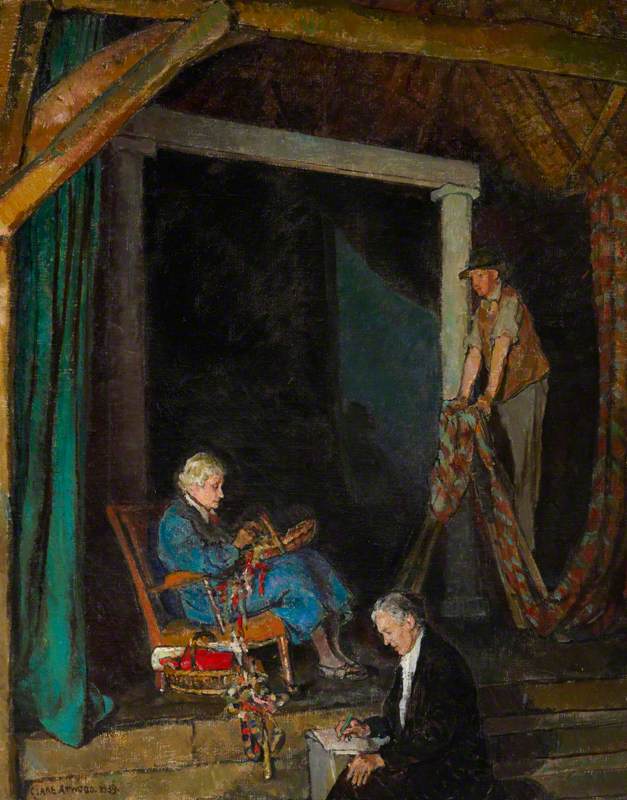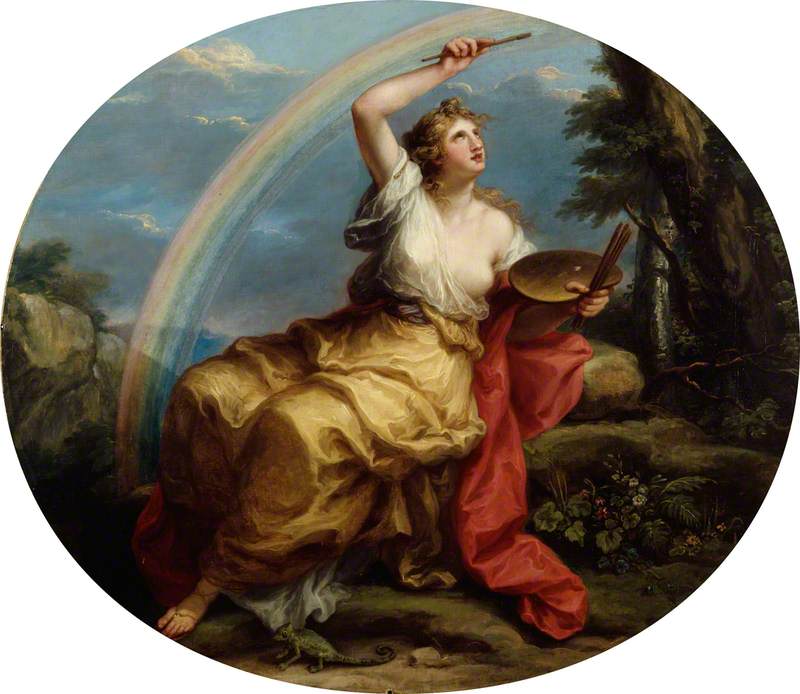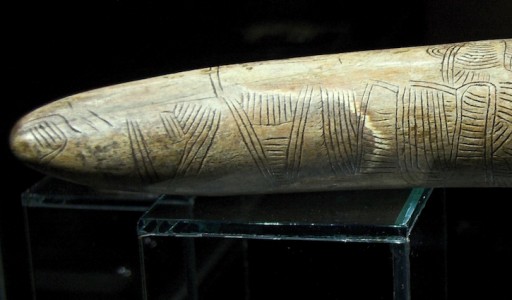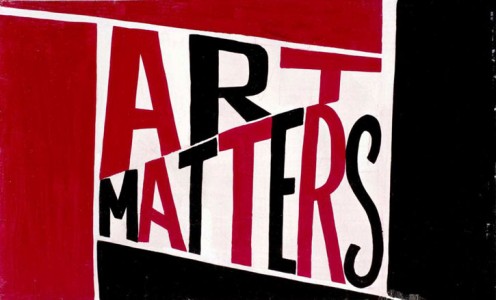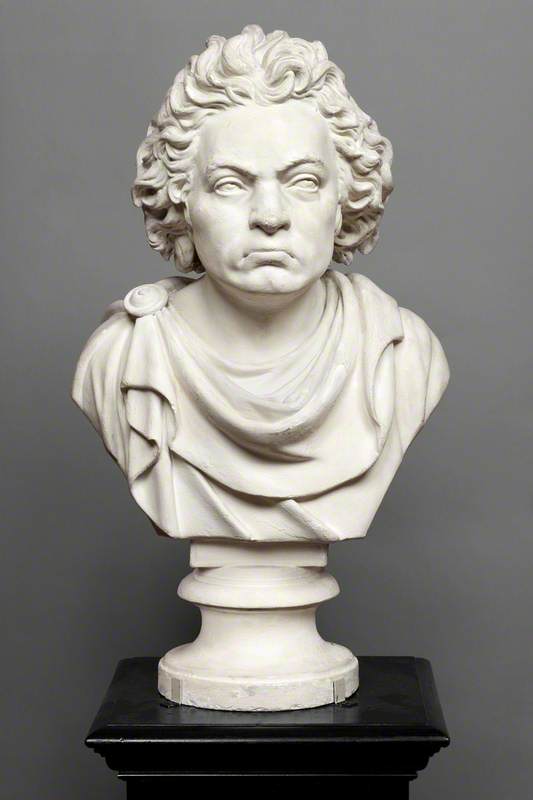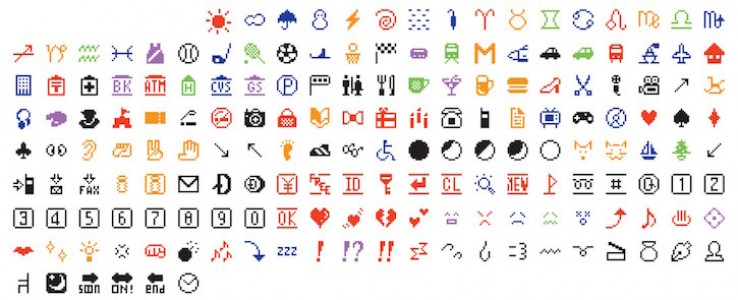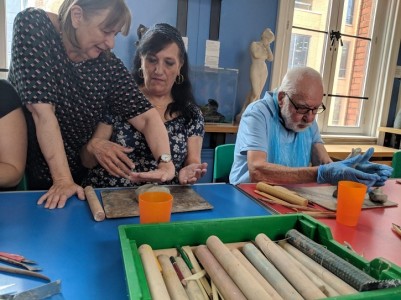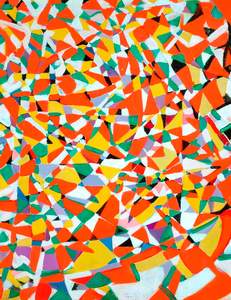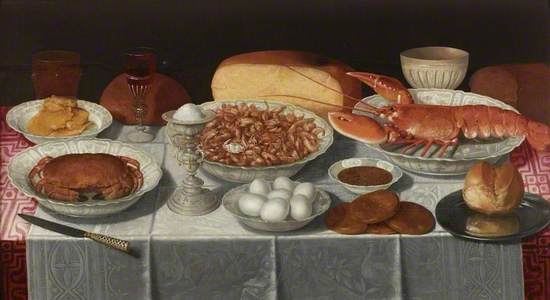Download and subscribe on iTunes, Stitcher or TuneIn
Art Matters is the podcast that brings together popular culture and art history, hosted by Ferren Gipson.
We all know someone who claims they were into certain music or fashion movements before they were cool. It’s nice to feel like you’ve discovered something and possess a little piece of it for yourself, but the flipside is that these gems can remain hidden away and not get the full recognition they deserve. When it comes to the arts and sciences, influential figures can be forgotten in history for a number of reasons, but there’s no doubt that this disproportionately affects women and minority groups. Luckily, there’s recently been a wave of people working to redress this imbalance.
Forgotten Women is a series of four books written by Zing Tsjeng, author and UK editor for Broadly. Each of the books tells the stories of little-known women in a different field: science, leadership, writing and art. ‘I was very much of the idea that we should talk about the fact that these women haven’t been forgotten through any fault of their own – it’s more to do with the forces of history with who’s been able to put people in the history books and why,’ says Zing.
In the introduction to the book on artists, Zing mentions a documentary by filmmaker Lynn Hershman Leeson called !Women Art Revolution (!W.A.R.), wherein Leeson asks people to name three women artists. People struggled to think of three and often the same names came up. Zing had these interviewees in mind as she set about determining which artists qualified as ‘forgotten’.
You may have already sussed out the fundamental challenge of this series – how can you look for stories that you don’t know exist? When many people become aware of the imbalance of gender representation in history, they seek to supplement what they’ve learned in school. The problem is that if these things aren’t part of wider popular culture and historical knowledge, knowing where to start to find this information can be difficult.
‘A lot of the time these women were talked about in academia, but academia is such a closed circle,’ says Zing. ‘It’s hard to pass through the divide of academia and mainstream knowledge.’
Each book contains the stories of 48 women (or groups of women), which isn’t an arbitrary number. Zing wanted to choose a number with meaning and chose 48 because, at the time, only 48 women had won the Nobel Peace Prize. Since the books were published, this number has risen to 51 and we joked that she’d now need to write three more stories to slip into everyone’s copy now. ‘It’s a significance which is now kind of irrelevant, which is kind of good in a way,’ laughs Zing.
Ada King (1815–1852), Countess of Lovelace, Mathematician, Daughter of Lord Byron
1836
Margaret Sarah Carpenter (1793–1872) 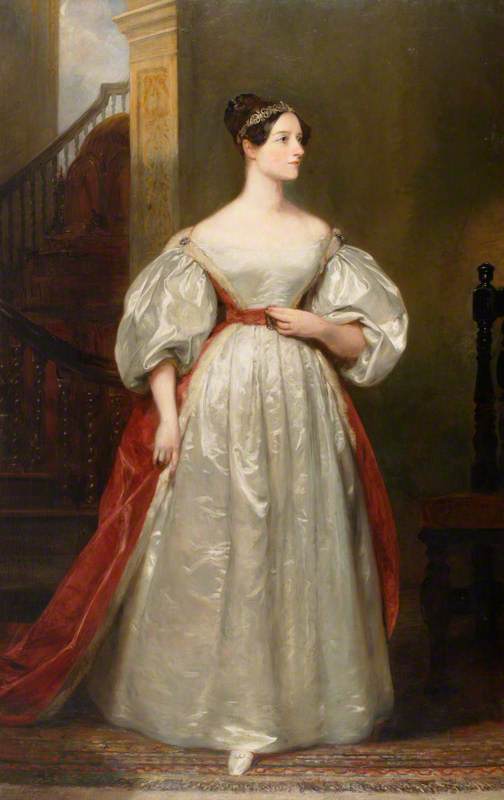
The women
We have a painting on Art UK of Ada Lovelace that’s in the Government Art Collection. It’s one of my favourite paintings to share in conversations about women in STEM because, for a long time, people weren’t aware that Lovelace was the first mathematician to recognise the computing potential of machines. She wrote the first computing algorithm, making her the first computer programmer.
Zing spent a significant amount of time diving into the experiences of 192 women and she noticed some patterns that provide insight into how a person or group could make the phenomenal contributions to society we see in these stories and still get lost in history. One reason is that, historically, after getting married or having children, many women were expected to focus on maintaining their home and family.
‘It was encounters with what you would call patriarchy which led to either their work not being recognised, them not being given the credit they deserve, [or] them having to toil in the margins – you see that a lot in the book about scientists,’ says Zing.
You may have seen the Google Doodle celebrating Turkish artist and Hashemite princess Fahrelnissa Zeid on the anniversary of her birthday on 7th January 2019. She was also the subject of a retrospective at Tate Modern in 2017, yet her story remains largely unknown by many. When the Iraqi royal family were overthrown in 1958, everything changed for Zeid. ‘She and her husband were ordered to leave the embassy where they lived, and have this massive fall from grace. It left her completely traumatised,’ says Zing. ‘I don’t think her art ever recovered, really.’
Still Life with Shellfish and Eggs
c.1590–1630
Clara Peeters (c.1585–c.1655) (attributed to) 
Zing cites Clara Peeters as a favourite from the book because her realistic paintings of food look good enough to eat. Perhaps one reason she’s largely unknown is because so little is known about her. She was born in Antwerp and – uncommonly for a woman in this period – established an art career in Amsterdam. There’s no record of where she trained as an artist, and it’s possible she learned from family members who were artists. Even more unusually, copies of her paintings suggest that she may have trained others. Only 40 of her works survive, and among the still lifes you can find little hidden self portraits in the reflections of items. If you want to see the detailed work of Peeters in person, Shipley Art Gallery in Gateshead and The Ashmolean Museum of Art and Archaeology in Oxford each have a painting by her in their collections.
Virgin and Child with Saint John the Baptist
Elisabetta Sirani (1638–1665) 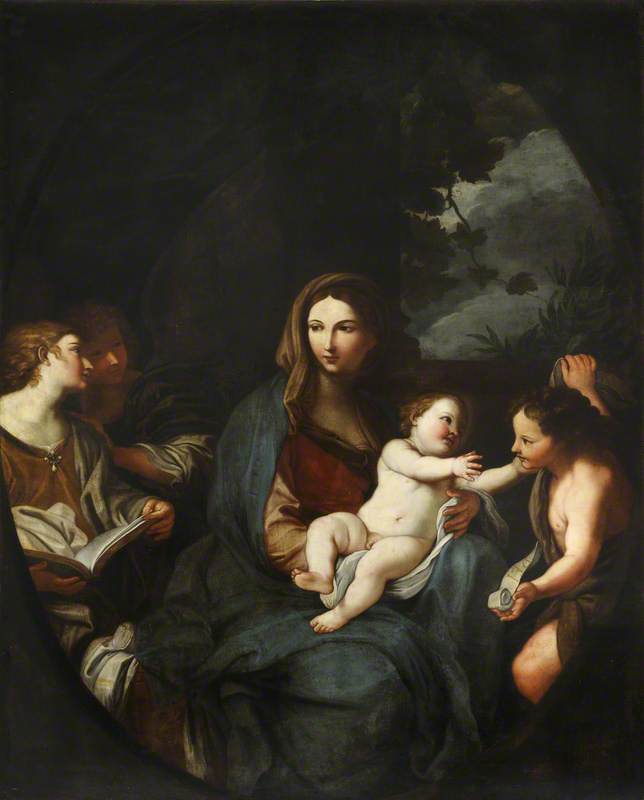
Another artist from the series that can be found in UK collections is Elisabetta Sirani. Not only was Sirani able to train as an artist, but she was highly regarded and experienced great commercial success. By the time she was 27, she had already been working as an artist for 10 years and was receiving around 30 commissions per year before she died under suspicious circumstances.
A multi-layered series
There’s another layer to the Forgotten Women series that’s important to point out – each book is illustrated by a group of women artists. So not only does the series champion the stories of women, it provides a platform to showcase their talents. It’s a thoughtful way to underscore the intention of the project.
‘I think one of the most interesting things about writing the book series is that people really engage with the stories and they kind of find their own personal 'in' to a lot of it,’ says Zing. ‘It makes people re-evaluate what they were brought up to believe about female achievements.’
Hopefully, you’ve discovered at least one woman artist you didn’t know through this story. Throughout Zing’s Forgotten Women series, readers have the opportunity to discover examples of innovative thinking, creative talent and remarkable leadership from women across a variety of sectors. Be sure to listen to the full episode above to hear about these women in more detail.
Explore more
Art Matters podcast: Virginia Woolf, feminism, and women painting women
Art Matters podcast: black women artists and #blackgirlmagic
Art Matters podcast: women artists in the digital age
Listen to our other Art Matters podcast episodes
